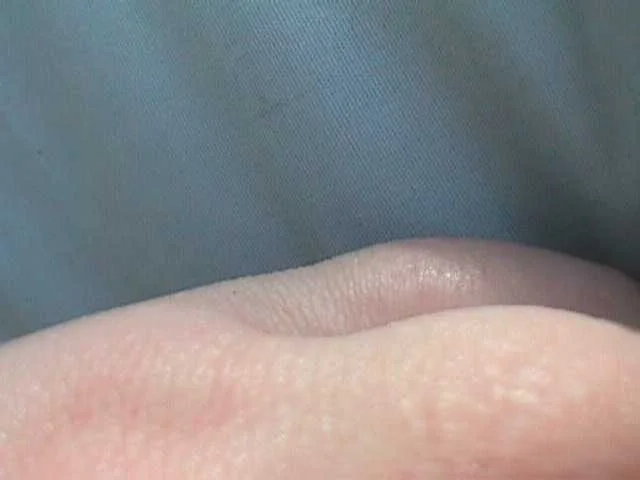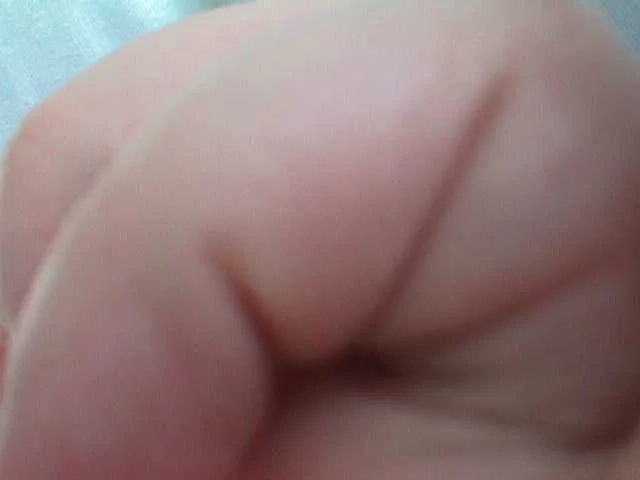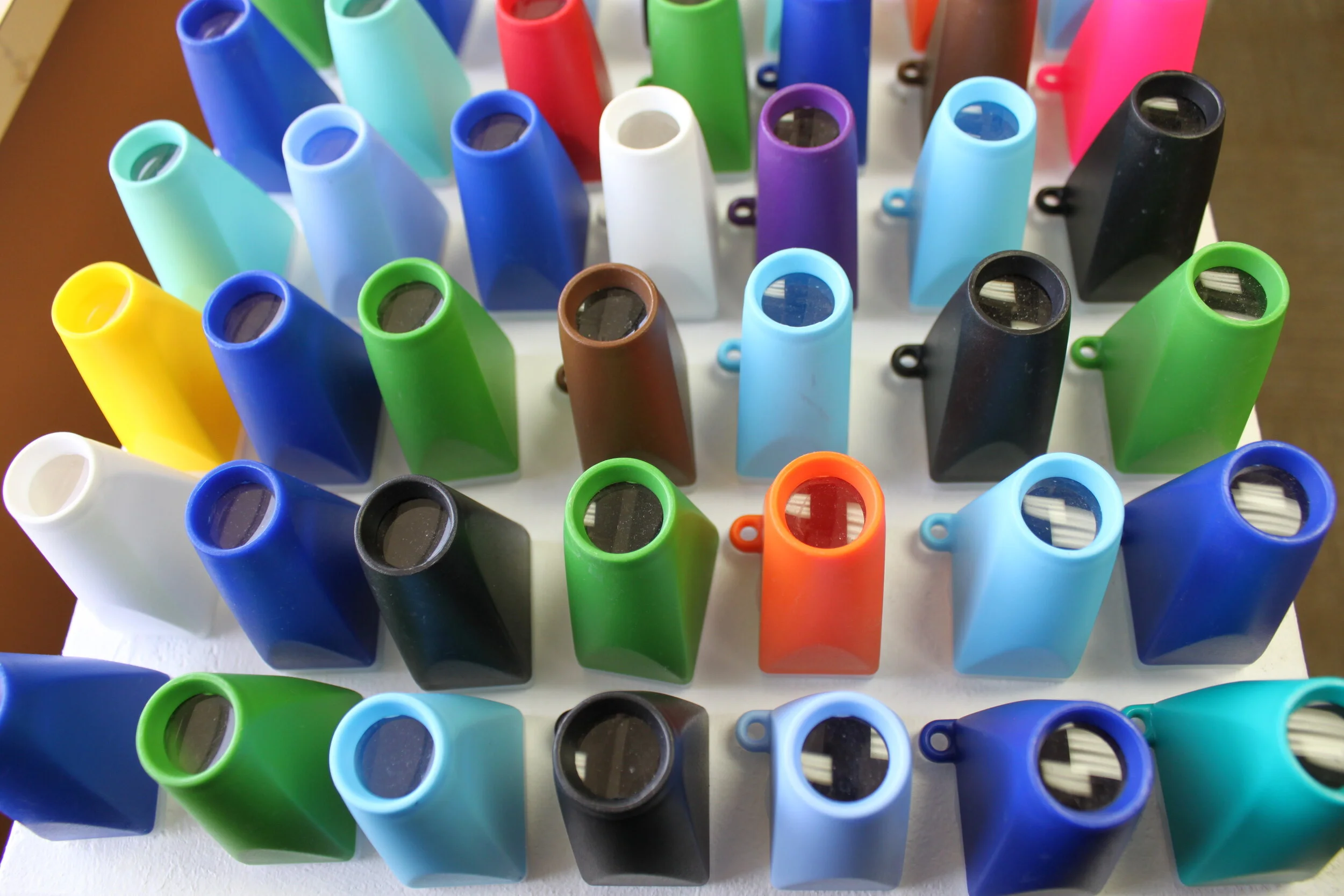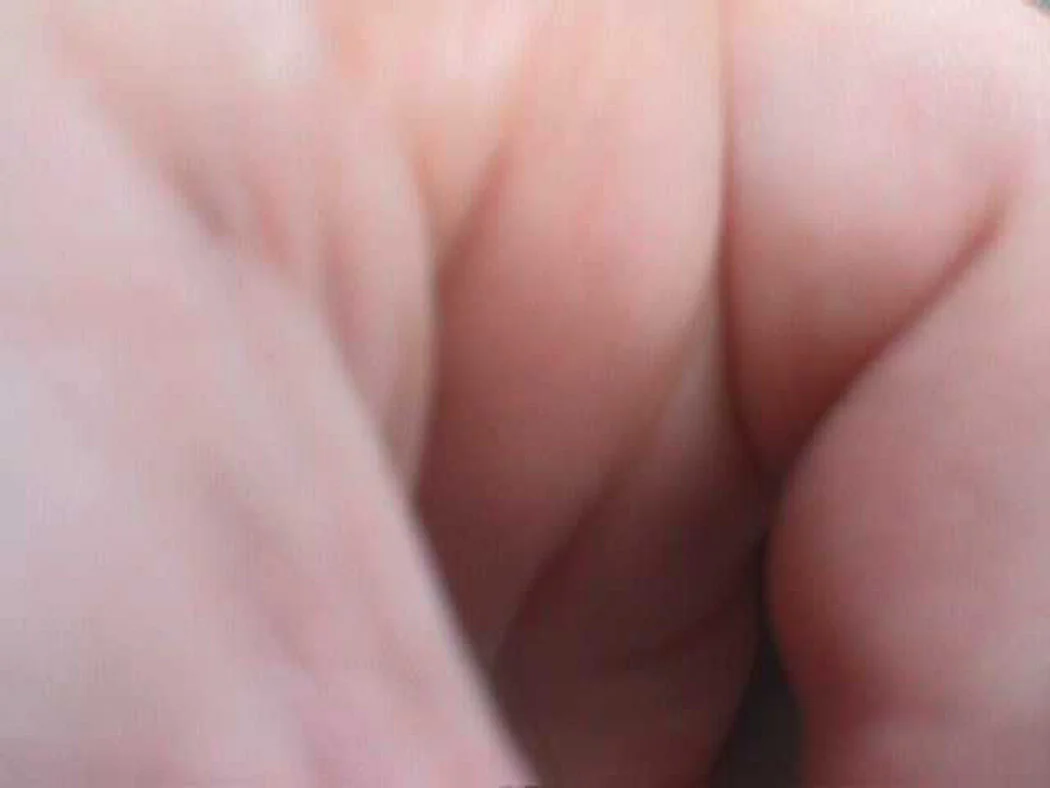Hands
2013
Self-portraits
Through a series of photographs exploring fat women and sexuality, I tried to evoke the dual sensations of attraction and repulsion inherent in our society's relationship to fat women, creating ridiculous bodyscapes using only my hand. These farcical sexscapes, intended to be mistaken for other, larger bodyparts, were meant to appear alien to the average viewer. Because our collective denial of the fat woman's body includes all of her parts, including her hands, even after the viewer comes to understand what the subject of the photographs is, the image remains largely incomprehensible.
The natural lighting, and pictures taken at various times during the day are meant to suggest a comfortable, placid environment and a day filled with self-indulgent lounging. The subject of a partner or a second body is never broached, except when the viewer imagines one amidst the creases and rolls. This atmosphere set up through the series subtly confirms our learned suppositions of fat women as self-indulgent, and resists confrontationalism by refusing to suggest the viewer's role in this taboo sexcapade, thus allowing us to let our guard down enough to explore the attraction/repulsion element of the physicality of the body, which we normally are forbidden from engaging.
Taken with an obsolete first-generation Sony Mavica digital camera w/macro lens capable of shooting screen-quality images only, the super-pixelized images were first printed extremely large, echoing historical artistic representations of the female figure while simultaneously foregrounding the digital medium and using it as a barrier to the subject. I wanted the scale to approximate life-size; the large pixels to both reference surface texture and function to blur the obvious skin texture of the hand that would give away the image too quickly. Eventually, I changed course entirely, printing the images on translucent film and encasing them in hand-held plastic viewers. I felt that this resolved the work for several reasons: First, I liked the life-size scale of the enlargements, but the surface texture of the pixel referenced pornography in a way that I wasn’t satisfied with; the work is about sexuality/sensuality, not graphic smuttiness. Reducing the images and putting them in viewers still approximated the same scale as the life-sized images, when held up to the eye, but provided a much more pleasing, “organic”-looking grain texture from the printer that looks like film grain. Second, the work is more intimate, in size, in the viewer’s conceptual relationship to the work (only one person can see each image at a time; while you are looking at the image, it belongs to only you), and in the audience’s physical relationship to the work (it must be brought directly to your face, where the image of my hand is in intimate contact with the audience’s hand; my [symbolic] body cradled in theirs). Finally, the work, now hidden in tiny, brightly-coloured plastic objects, needs to be discovered instead of being confrontational, making it very performative in terms of the audience’s physical interaction with the work as well as their potential embodied reaction to it.












